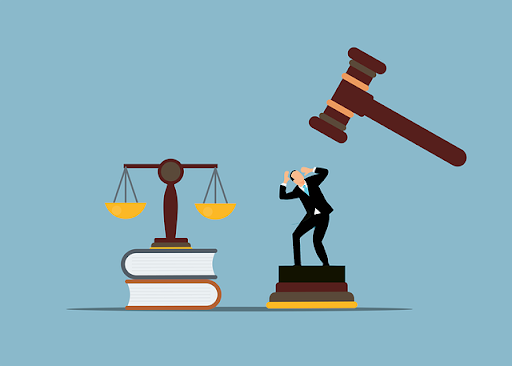- Top-rated Best Lawyer in Ghaziabad
- +91 9616166166
- [email protected]

Types of Family Law in India: A Comprehensive Overview
May 9, 2025Article 142 of the Indian Constitution: The Supreme Court’s Power to Do “Complete Justice
The Constitution of India, hailed as one of the longest and most detailed constitutions in the world, entrusts the judiciary with unique powers to uphold justice. Among these powers, Article 142 stands out as a remarkable provision that allows the Supreme Court to ensure that justice is not defeated by procedural technicalities. In this blog, we’ll dive deep into the significance, scope, and recent use of Article 142.
What is Article 142?
Article 142 of the Indian Constitution states:"The Supreme Court in the exercise of its jurisdiction may pass such a decree or make such order as is necessary for doing complete justice in any cause or matter pending before it."
In simple terms, this provision empowers the Supreme Court to deliver judgments that achieve complete justice, even if existing laws or procedures do not explicitly provide for a remedy. It ensures that justice is not constrained by limitations in the law.
Historical Background of Article 142
When the Constitution was framed, the framers wanted to create a judicial system that could ensure real and substantive justice. They recognized that laws might not always address every situation or that rigid procedures could sometimes cause injustice. Thus, Article 142 was introduced to grant the Supreme Court extraordinary powers to bridge such gaps when necessary.
Scope and Importance
The powers under Article 142 are broad and extraordinary. Here’s why it’s significant:
- Beyond Statute: The Court can issue orders beyond the letter of the law if it is essential for doing justice.
- Binding Nature: Orders passed under Article 142 are binding across the country.
- Flexibility: It gives the Court flexibility to resolve complex and unique disputes that existing laws might not adequately address.
However, this power must be used sparingly and cautiously. Overuse or misuse can lead to accusations of the judiciary overstepping its mandate, potentially infringing upon the domain of the legislature.
Landmark Cases Involving Article 142
Over the years, Article 142 has been invoked in many landmark decisions:
- Union Carbide Case (Bhopal Gas Tragedy, 1989): The Supreme Court ordered a settlement of $470 million for the victims, invoking Article 142 to ensure immediate relief.
- Babri Masjid-Ram Janmabhoomi Case (2019): The Supreme Court used Article 142 to direct the allocation of alternative land for the construction of a mosque, aiming to balance the interests of all communities involved.
- Anuradha Bhasin Case (2020): In the context of restrictions in Jammu & Kashmir post-Article 370 abrogation, the Court referred to Article 142 while emphasizing the need for proportional restrictions on fundamental rights.
Criticism and Concerns
While Article 142 is a tool for achieving justice, it also raises some concerns:
- Judicial Overreach: Critics argue that the judiciary sometimes uses Article 142 to make laws, a power reserved for the legislature.
- Lack of Limitations: The wide discretion under Article 142 could, if misused, threaten the balance of powers between the three branches of government.
- Predictability: Excessive reliance on judicial discretion may reduce predictability in the law, making it difficult for citizens to know their rights and duties.
Recent Developments
In recent years, the Supreme Court has become more cautious and reflective about its use of Article 142. There have been calls within the judiciary itself to set guidelines for invoking this power to prevent arbitrary application and maintain public trust in the institution.
For instance, in cases concerning environmental protection, human rights, and complex property disputes, the Court has used Article 142 judiciously, ensuring that its decisions are balanced and reasoned.
Read more: Lawyer in Ghaziabad | Ghaziabad District Court
Conclusion:
Article 142 is a testament to the visionary nature of the Indian Constitution, emphasizing that law must ultimately serve justice. When used carefully, it enables the Supreme Court to act as a true guardian of rights and liberties. However, with great power comes great responsibility, and the Indian judiciary must continue to wield this authority thoughtfully to maintain the delicate balance between justice, law, and governance.


